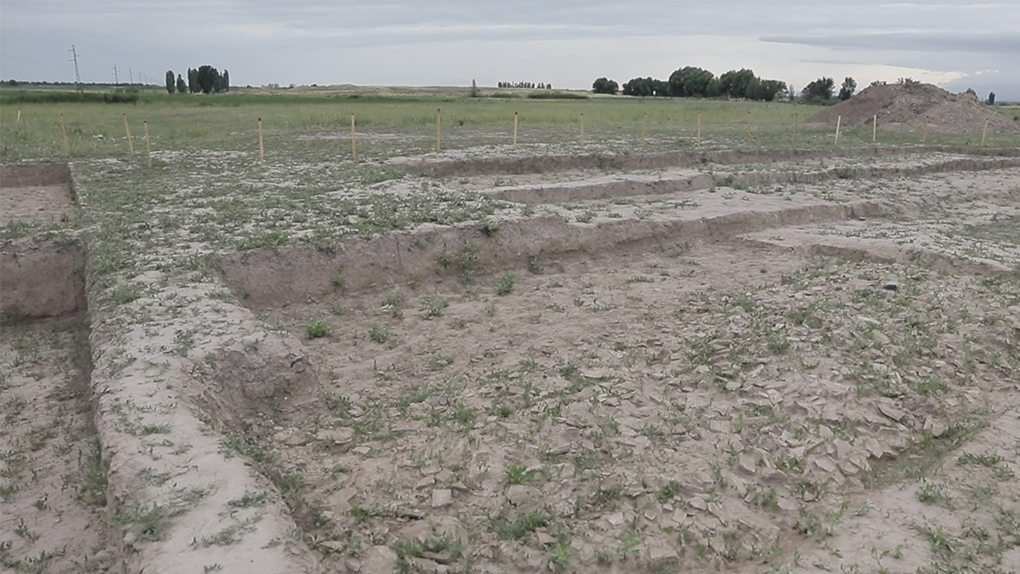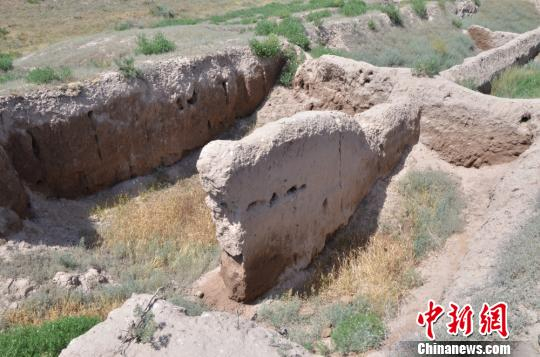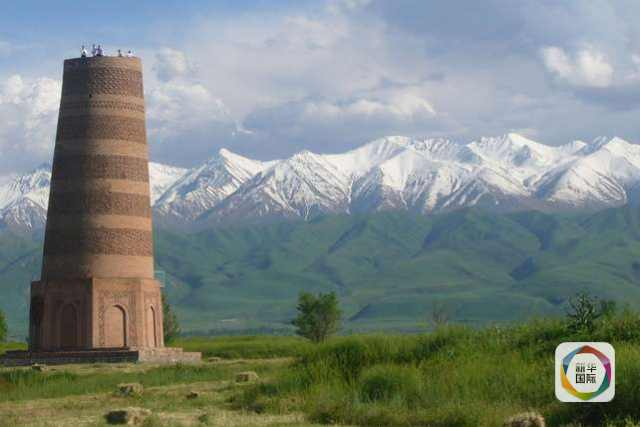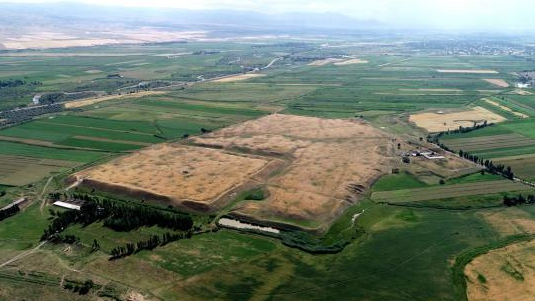
With the “Silk Road” traversing its vast land, Kyrgyzstan played an important role in connecting East and West culturally and economically, demonstrated in its cultural relics.
Three old cities of Kyrgyzstan witnessed the road’s glory, and bid successfully for, together with other 30 cultural relics in China and Kazakhstan, the World Heritage Site of the "Silk Roads: The Routes Network of Chang'an-Tian Shan Corridor" in 2014.
The city of Suyab (Site of Ak-Beshim)

About 50 kilometers west of Bishkek, capital of Kyrgyzstan, is the site of Ak-Beshim. According to the historic records in Chinese, Arabic and Persian, the site has been identified as the famous city of Suyab.
In the latter half of the 6th century, the rising Turkic Kaganate befriended to three biggest powers adjacent -- Byzantium, Sassanid Iran and China -- to control the northern artery of “Silk Road,” and the booming transcontinental trade route infused wealth and energy into the city of Suyab.
The following hundred years saw the city become the capital of the Western Turkic, Turgesh and Karluk kaganates, and also one of the four frontier fortresses of China in Tang Dynasty (618-907), so that the trade contacts between Suyab and other trading hubs along the route were described in “Tangshu” (“Book of Tang”) and “Xin Tangshu” (“New Book of Tang").

A view of the site of Ak-Beshim. /Photo via China News Service
Trade, culture, religion were transmitted via the route. It is no wonder when travelers visited the city in the 10th century, they noticed that the city’s building structure, such as city wall, fortress, and Christian church and cemetery, as well as construction technology, were similar to those of Western Asia.
Today, ruins of three walled living areas and extensive excavations, such as a Buddha statue and coins, let later generations imagine how prosperous Suyab was.
The City of Balasagun (Site of Burana)

A view of the site of Burana. /Photo via Xinhua News Agency
Established in the 10th century, the city of Balasagun developed into one of the largest cities in the north of Tian Shan Mountains.
Just like other cities along the “Silk Road,” Balasagun was influenced by different cultures. It became one of the capitals of Kara-Khanid Khanate (840-1212), the first Islamic state of Turkic Dynasty, where Islamic arts were ushered into the city, Turkic literature were developed, and various writing systems were widely used.
The site of Burana reflected the past hustle and bustle of Balasagun. The traces of two layers of city walls, market, bathhouse, residential buildings, and even water pipelines were discovered. Archaeologists also found a tablet with Christian inscriptions and mosque existing simultaneously in the city, which shows the Muslim-dominated city was tolerant of other beliefs.
The City of Nevaket (Site of Krasnaya Rechka)

A view of the site of Krasnaya Rechka. /Photo via China News Service
The city of Nevaket was another capital of Kara-Khanid Khanate and also a center of Islamic culture.
Its remains, the site of Krasnaya Rechka, display the blending of Turkic, Indian, Sogdian and Chinese cultures through religion and folk architectures.
The traces of Zoroastrian altar and cemetery, stone tablet with Christian inscriptions, and Buddhist temple reveal how different cultures were exchanged and integrated here.

Copyright © 2018 CGTN. Beijing ICP prepared NO.16065310-3
Copyright © 2018 CGTN. Beijing ICP prepared NO.16065310-3